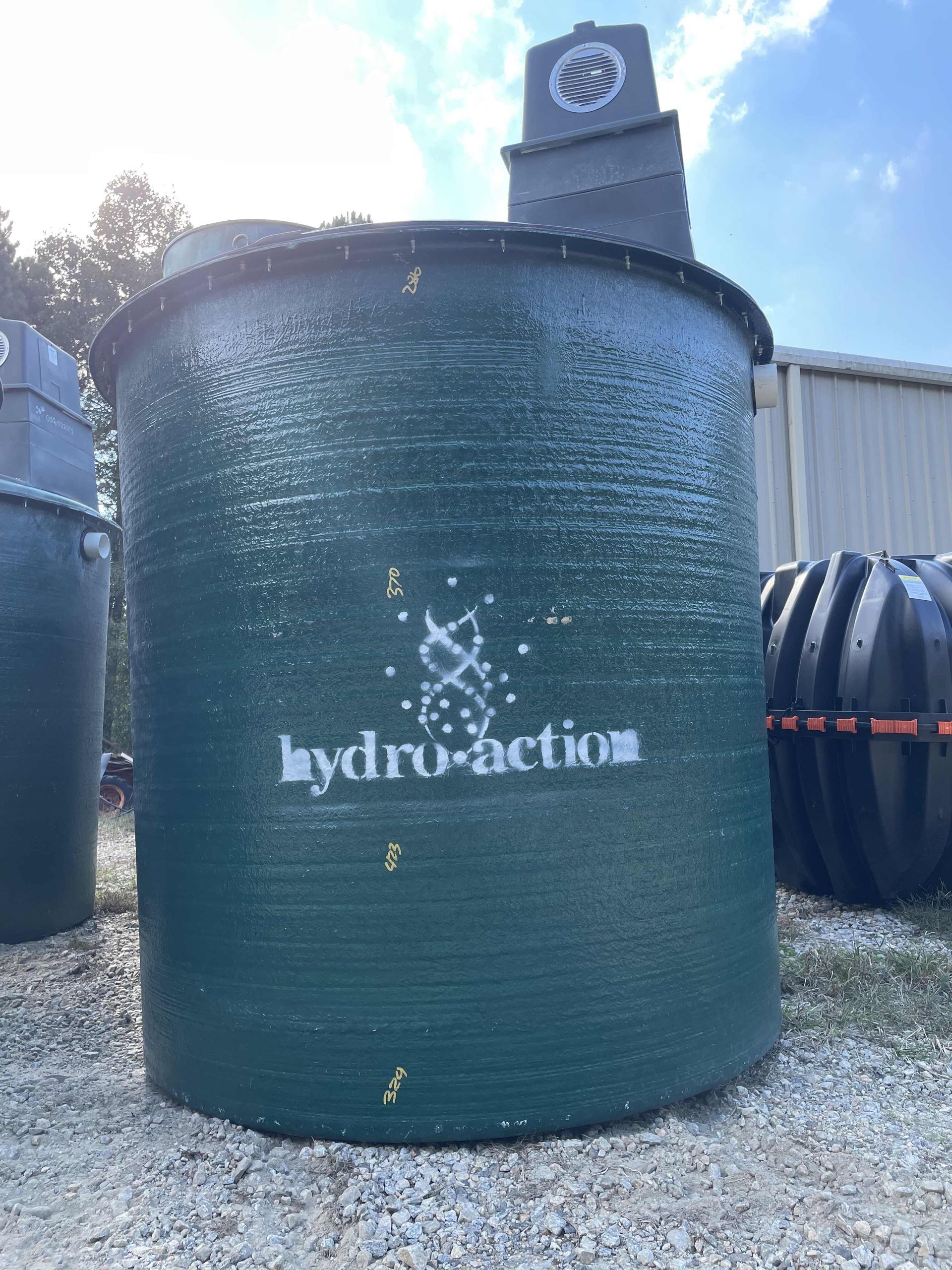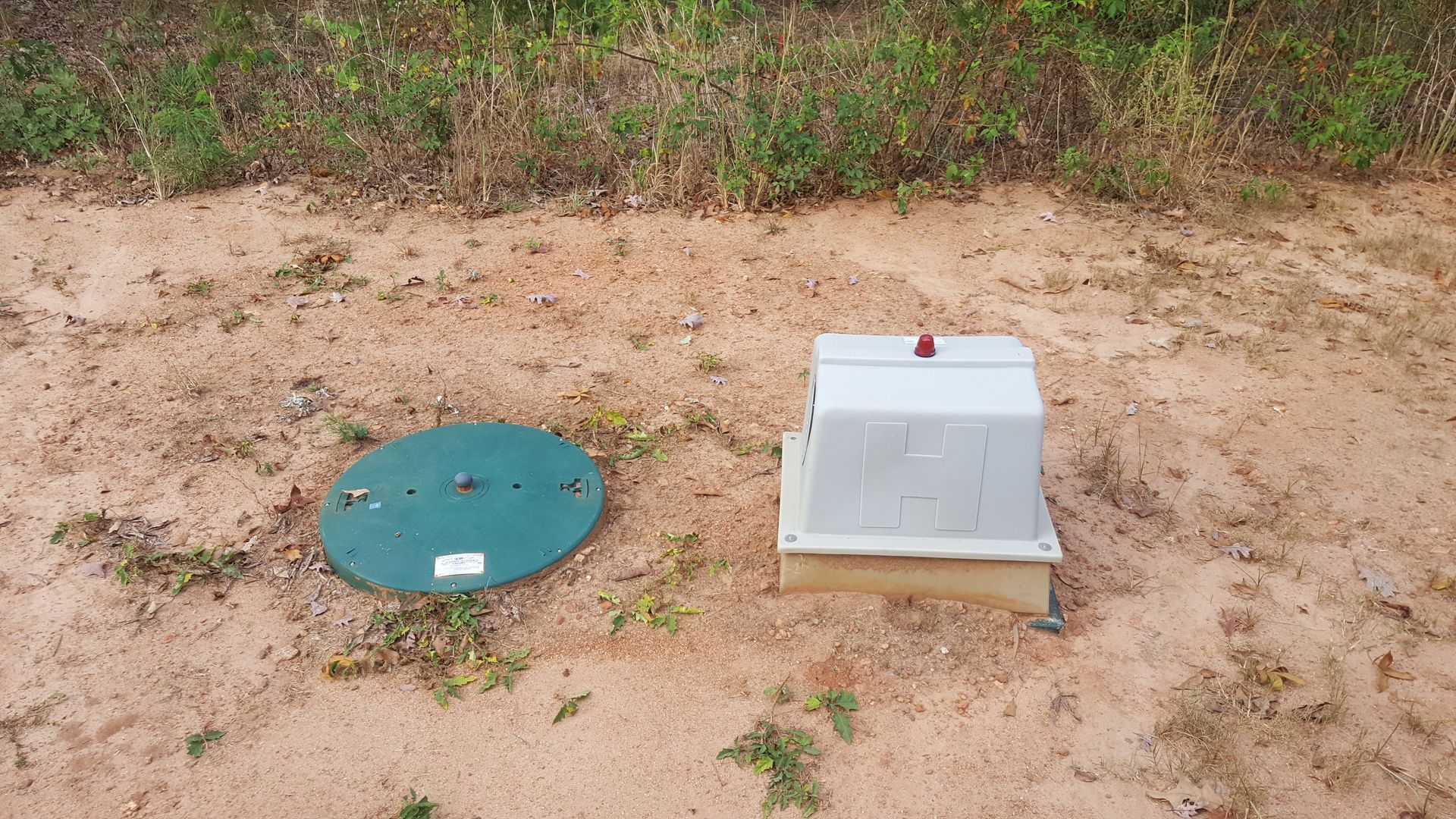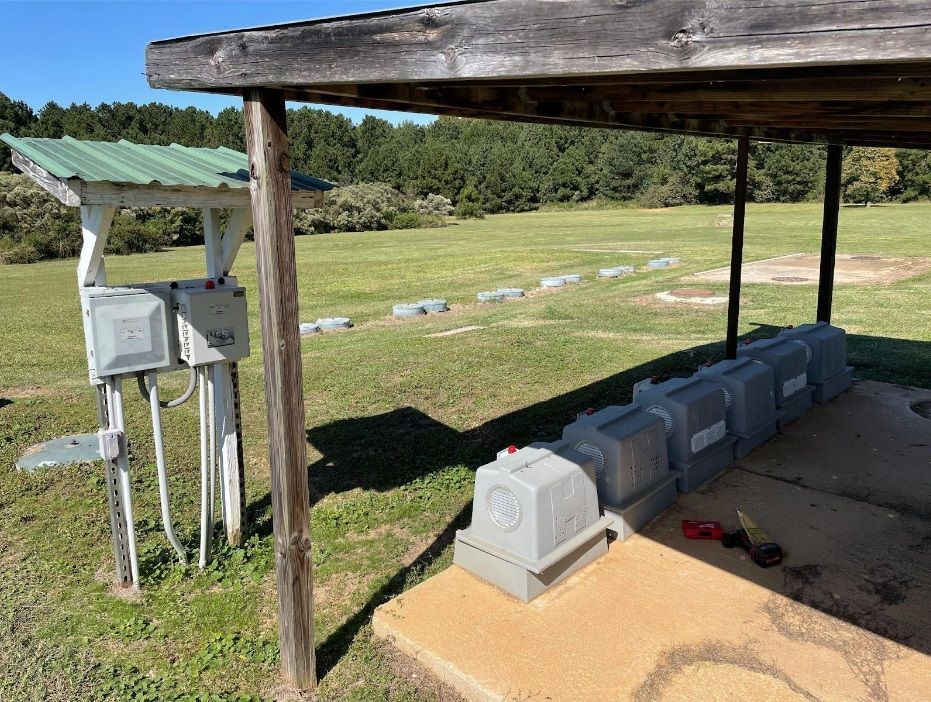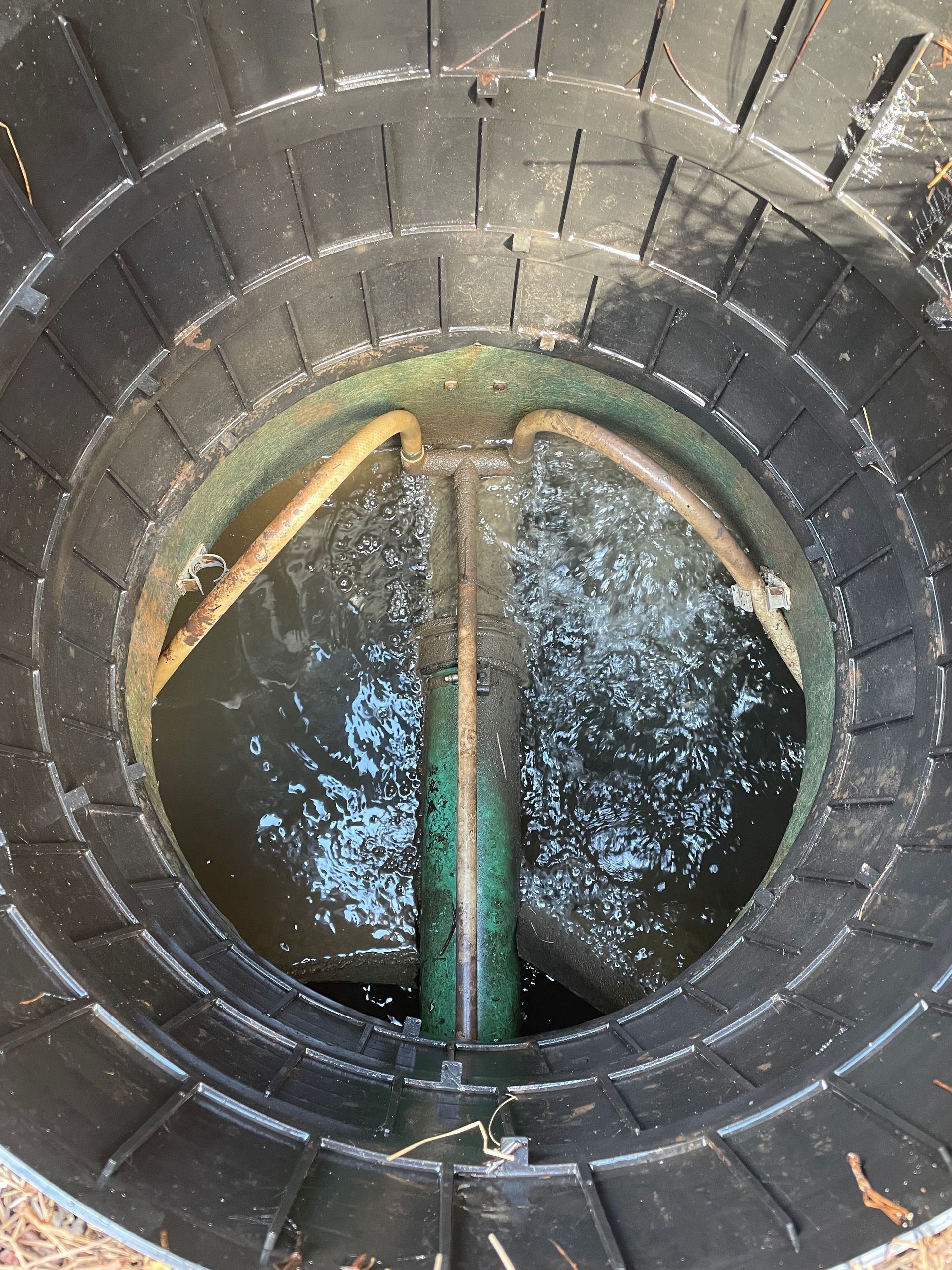Get in touch
404-788-3474
asmseptic@gmail.com
Email Us on: asmseptic@gmail.com
Call or Text: 404-788-3474
Understanding the Role of Bacteria in Aerobic Treatment Units
Aerobic treatment units (ATUs) are an advanced septic solution designed to treat wastewater more efficiently than traditional systems. At the heart of an ATU's functionality is its reliance on bacteria. These microorganisms are essential for breaking down waste, ensuring the system operates effectively, and protecting the environment. Alternative Septic Management specializes in maintaining and optimizing ATUs, ensuring that the bacteria within these systems thrive and perform at their best. In this blog, we’ll explore the vital role of bacteria in aerobic treatment units, how they work, and how to optimize their performance for long-term success.
How Aerobic Treatment Units Work
Unlike conventional septic systems that rely on anaerobic (oxygen-free) processes, aerobic treatment units use oxygen to support bacteria that decompose organic matter in wastewater. These bacteria thrive in oxygen-rich environments and are more efficient at breaking down waste, reducing odors, and producing cleaner effluent.
An ATU typically includes the following components:
- Pretreatment tank: This is where solids settle, and initial separation occurs.
- Aeration chamber: Oxygen is introduced here, creating an ideal environment for aerobic bacteria to thrive and break down waste.
- Clarification chamber: This stage allows any remaining solids to settle before the treated water is discharged.
- Disinfection (optional): Some systems include a final disinfection step to further purify the effluent.
Each stage depends on the activity of aerobic bacteria to ensure efficient treatment. Without these microorganisms, the system cannot function properly.
The Role of Aerobic Treatment Bacteria
Aerobic bacteria are the workhorses of ATUs. These microorganisms feed on organic waste, breaking it down into simpler compounds. This process not only reduces the volume of waste but also minimizes harmful pathogens and pollutants, resulting in cleaner water being released back into the environment.
Key benefits of aerobic treatment bacteria include:
- Efficient waste breakdown: Aerobic bacteria are highly effective at decomposing organic matter, reducing sludge buildup and improving system efficiency.
- Odor reduction: By breaking down waste more thoroughly, these bacteria help minimize unpleasant odors often associated with septic systems.
- Environmental protection: Treated effluent from ATUs is cleaner, reducing the risk of groundwater contamination.
Factors Affecting Bacteria Performance
To maintain an efficient ATU, it’s essential to create an environment where aerobic bacteria can thrive. Several factors can influence their performance:
- Oxygen levels: Aerobic bacteria require a steady supply of oxygen. A malfunctioning aerator or clogged diffuser can reduce oxygen levels, hindering bacterial activity.
- pH balance: The bacteria in ATUs thrive in a neutral pH range (6.5 to 7.5). Extreme acidity or alkalinity can harm these microorganisms.
- Temperature: While bacteria can adapt to various temperatures, extreme cold can slow their activity, and excessive heat can kill them.
- Chemical exposure: Harsh household chemicals, such as bleach, pesticides, and non-biodegradable cleaners, can disrupt the bacterial population, compromising the system’s efficiency.
Optimizing ATU Bacteria for Peak Performance
Ensuring your aerobic treatment unit functions at its best requires regular maintenance and a proactive approach to supporting bacterial health. Here are some practical steps:
- Schedule Regular Maintenance
Partner with professionals like Alternative Septic Management to perform routine inspections and servicing. Regular check-ups ensure that components like aerators and diffusers are functioning correctly, maintaining optimal oxygen levels for bacteria. - Use Septic-Safe Products
Opt for biodegradable and septic-safe household cleaners to prevent chemical disruptions to the bacterial ecosystem. Avoid pouring grease, oil, or non-degradable items down drains. - Monitor Oxygen Levels
Ensure the aeration system is working efficiently. If you notice reduced airflow or system alarms, contact a professional immediately to address the issue. - Maintain a Balanced pH
Be mindful of what enters your system. Excessive use of acidic or alkaline products can disrupt the pH balance, affecting bacterial performance. - Protect Against Overloading
Avoid overloading the system with excessive water or waste. Spread out laundry loads and fix leaks promptly to maintain a steady flow of wastewater.
Signs of Bacterial Imbalance
Recognizing the signs of bacterial imbalance in your ATU can help you address issues before they escalate. Common indicators include:
- Foul odors: Persistent smells near the system may indicate bacterial activity has been disrupted.
- Slow drainage: If household drains are backing up or emptying slowly, it could signal a problem within the ATU.
- Alarms or alerts: Many ATUs are equipped with alarms to notify you of mechanical or bacterial issues. Never ignore these warnings.
- Cloudy effluent: Clear effluent is a sign of effective treatment. Cloudy or murky discharge may indicate bacterial imbalance or system malfunction.
Why Choose Alternative Septic Management?
Maintaining the health of your aerobic treatment unit’s bacteria is essential for optimal performance. Alternative Septic Management specializes in providing professional maintenance and support for ATUs in Georgia. Their team of experts understands the unique needs of these systems and offers tailored solutions to keep them running smoothly.
With their help, you can:
- Ensure proper aeration and bacterial health
- Prevent costly repairs through proactive maintenance
- Extend the lifespan of your ATU
- Protect your property and the environment
Conclusion
Aerobic treatment bacteria play a critical role in the success of your ATU, breaking down waste, reducing odors, and protecting the environment. By understanding their importance and taking steps to optimize their performance, you can ensure your system operates efficiently for years to come.
For expert care and maintenance of your aerobic treatment unit, trust Alternative Septic Management. Their knowledgeable team is dedicated to providing top-notch service and support, helping you get the most out of your septic solution. Contact them today or visit their website to schedule an inspection and keep your ATU in peak condition.
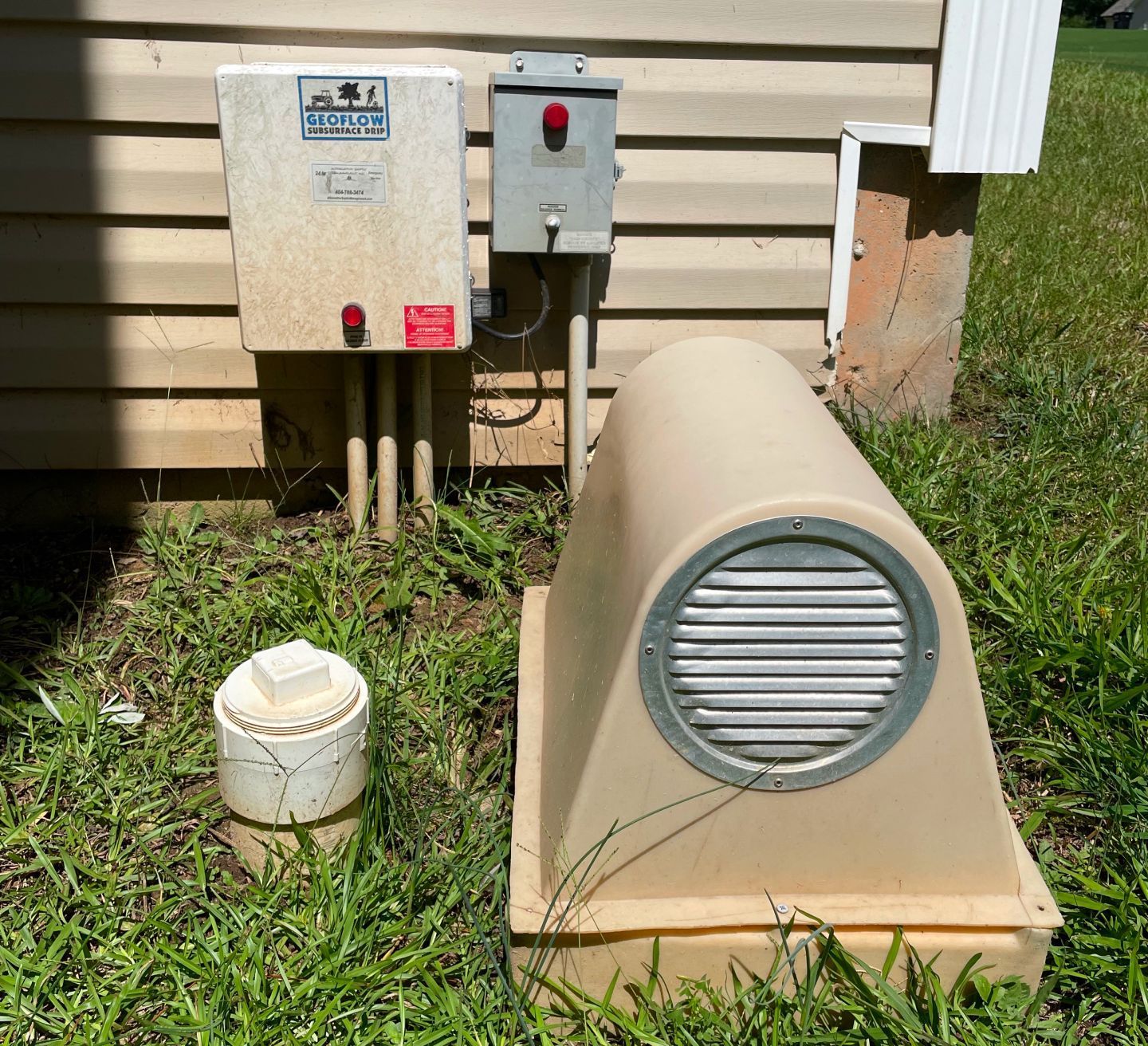
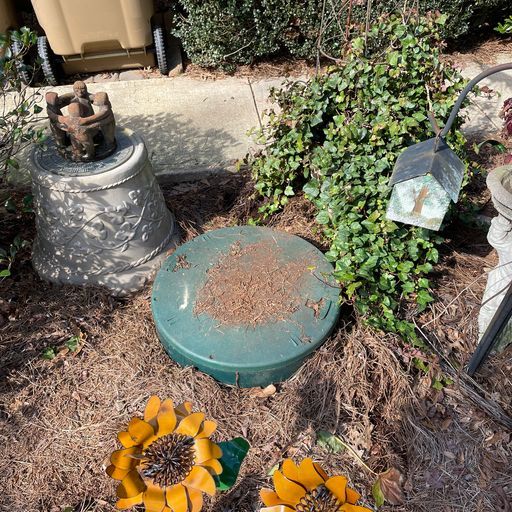
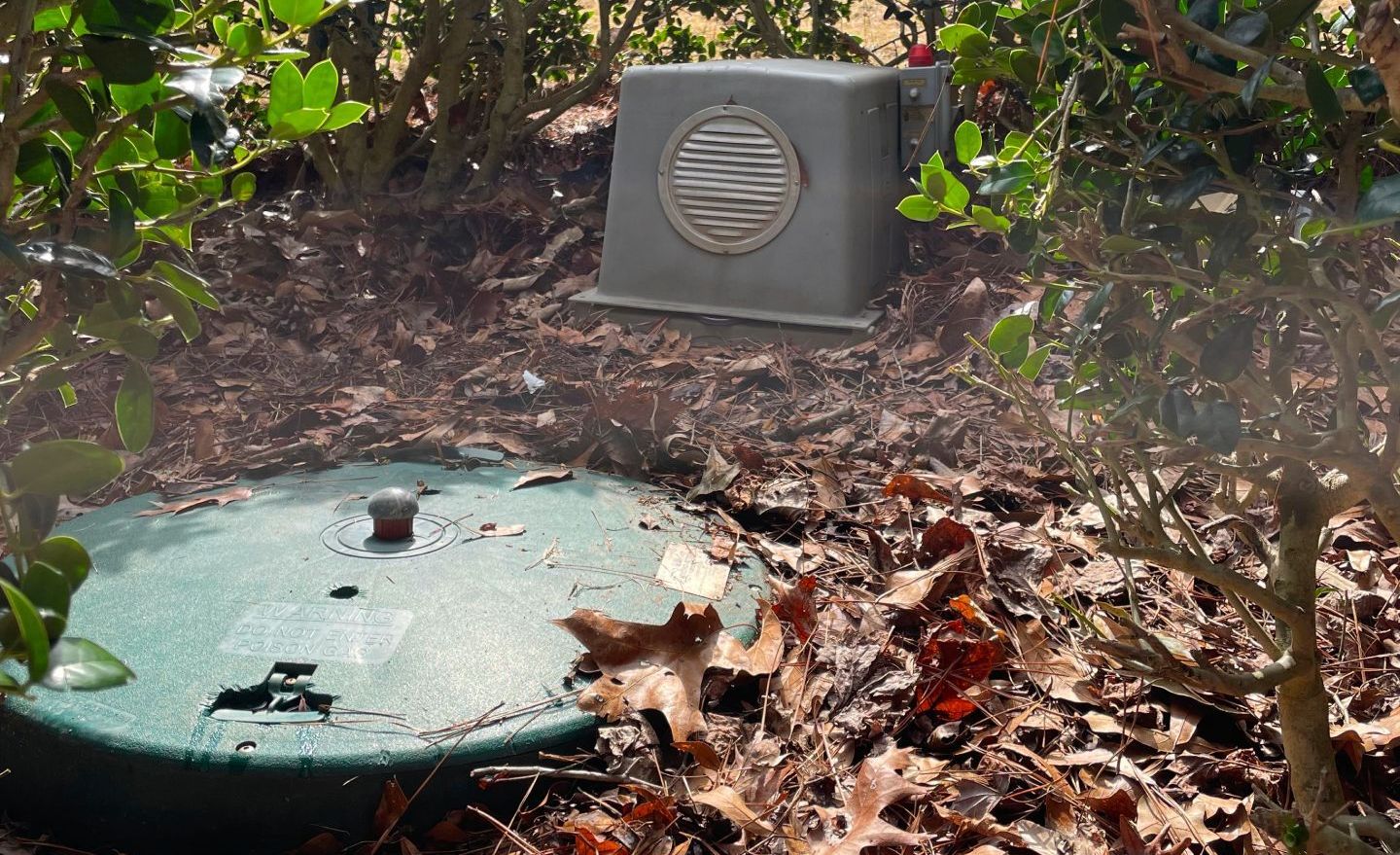


Alternative Septic Services For Residential And Commercial Systems Requiring Alternative Septic Systems.
Quick Links
Our Services
Septic Installation
Septic Repair
Septic Inspection
Air Compressor Maintenance
Pump Maintenance
Get In Touch
Mobile: 404-788-3474
Email: asmseptic@gmail.com
Address: 3295 Fannie Thompson Rd. Monroe GA 30656
Copyright 2025 © All Rights Reserved. Alternative Septic Management, Inc.

